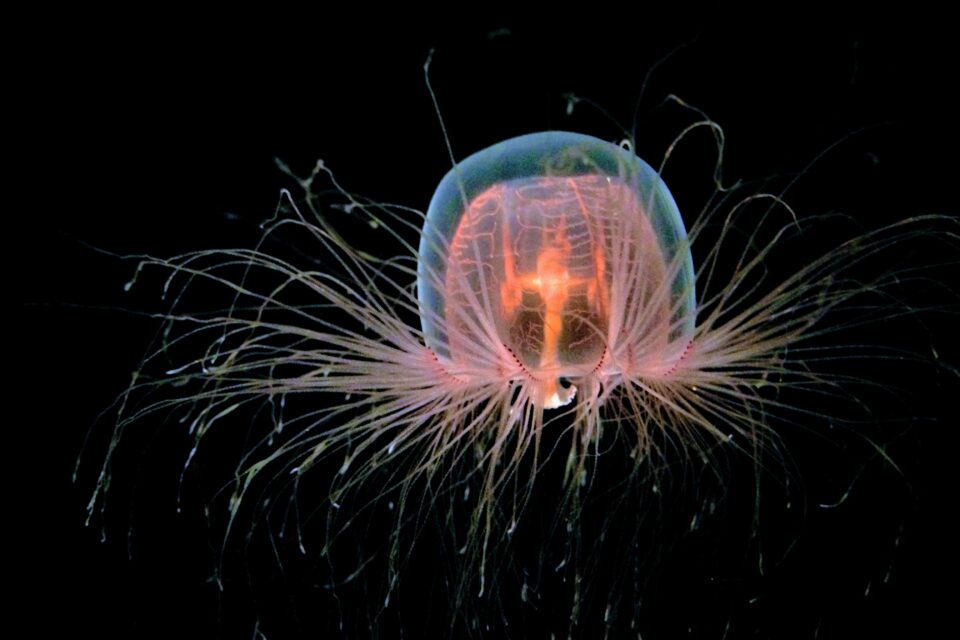Jellyfish, with their ethereal beauty and mesmerizing movements, have captivated the human imagination for centuries. In this article, we delve into the mysterious world of jellyfish, exploring their biology, ecology, and the intriguing adaptations that allow them to thrive in the world’s oceans.
Anatomy and Physiology: Jellyfish belong to the phylum Cnidaria and are characterized by their gelatinous, umbrella-shaped bodies and trailing tentacles. These tentacles are armed with specialized stinging cells called nematocysts, which jellyfish use to capture prey and defend themselves against predators. Despite their simple body structure, jellyfish exhibit a remarkable diversity of forms and colors, ranging from transparent moon jellies to vibrant blue jellyfish.
Life Cycle and Reproduction: The life cycle of a jellyfish typically consists of several stages, including a larval stage, a polyp stage, and a medusa (adult) stage. During the medusa stage, jellyfish are capable of sexual reproduction, releasing eggs and sperm into the water where they fertilize and develop into larvae. These larvae eventually settle on the ocean floor and transform into polyps, which can reproduce asexually by budding to produce new medusae.
